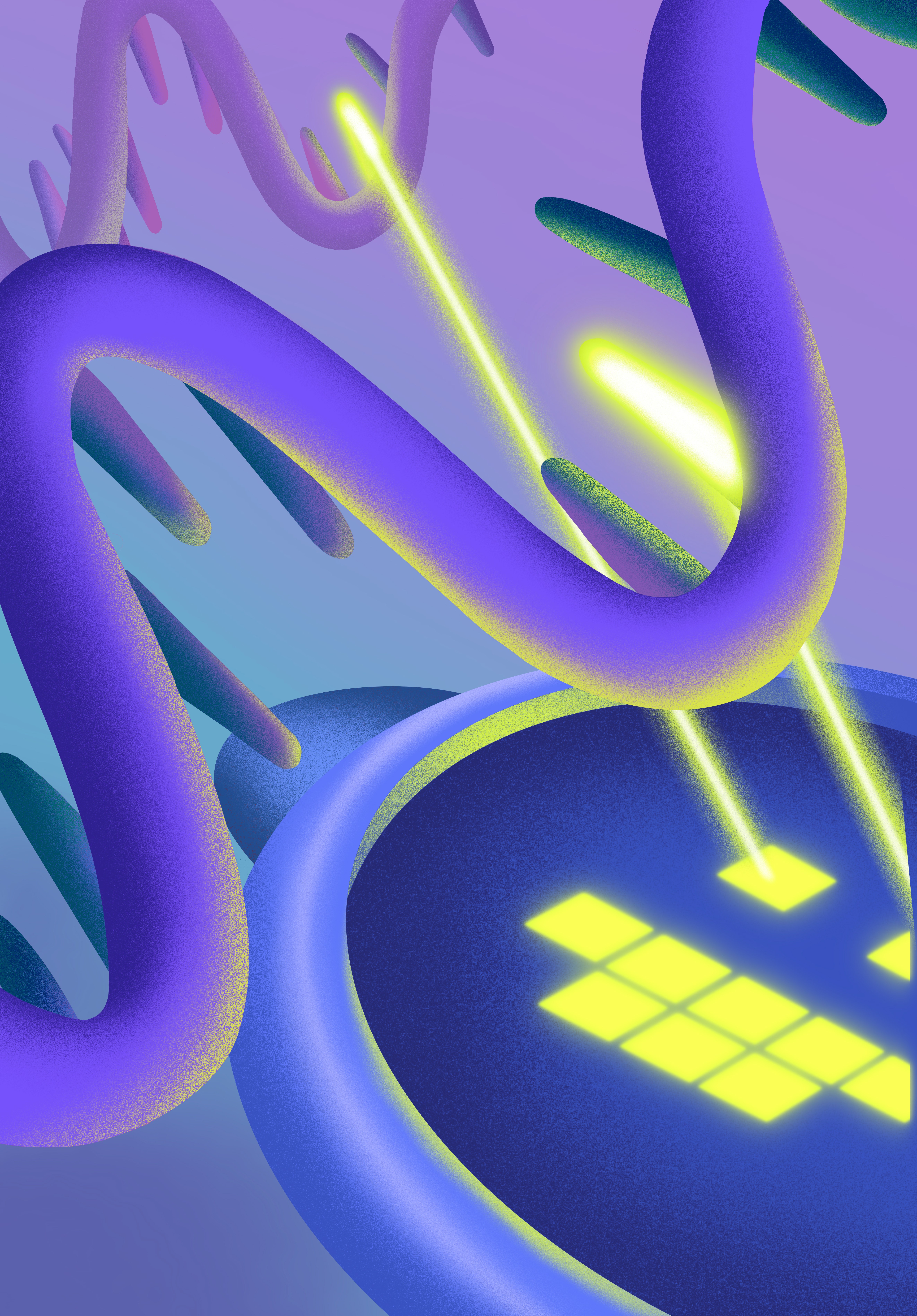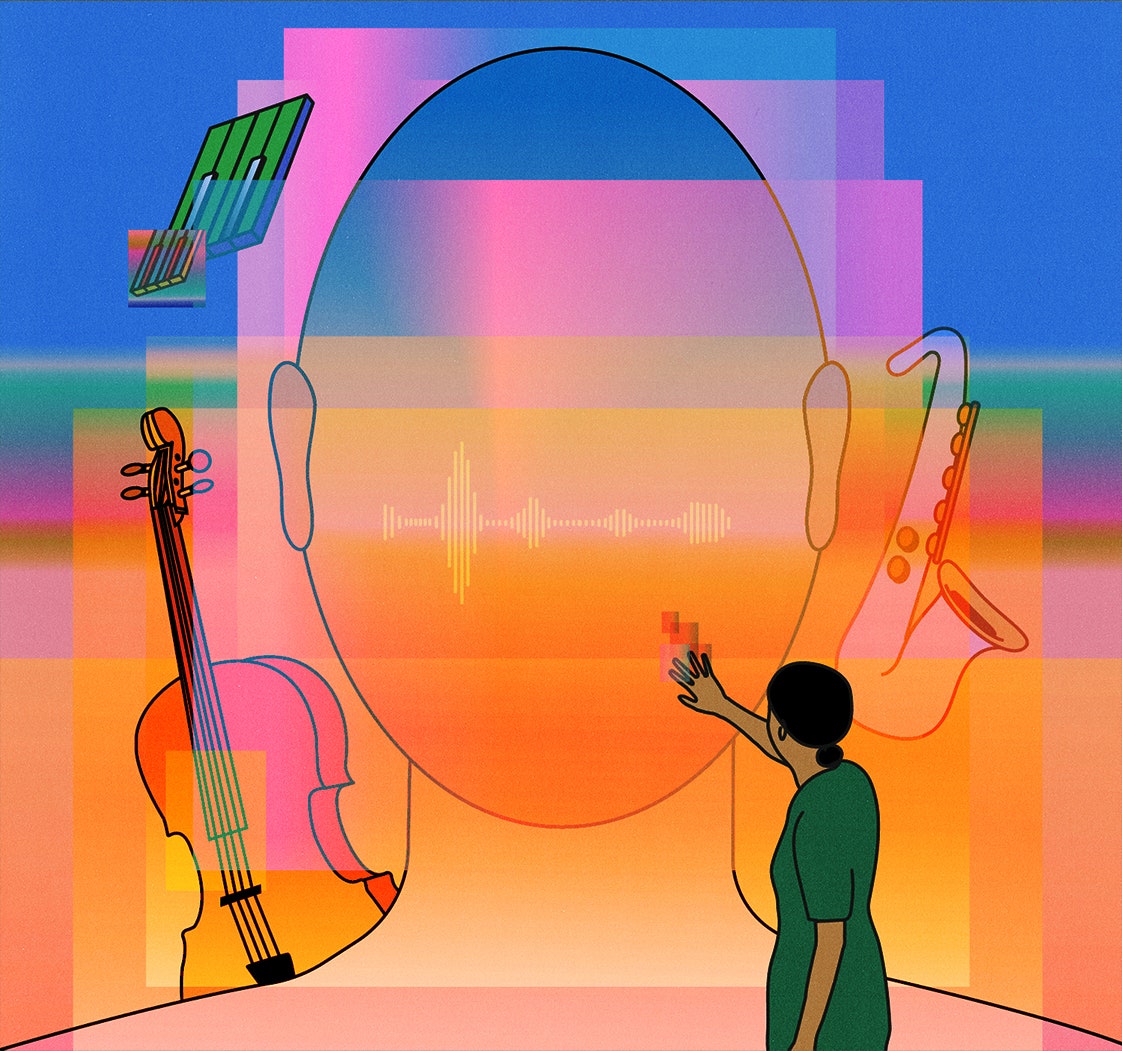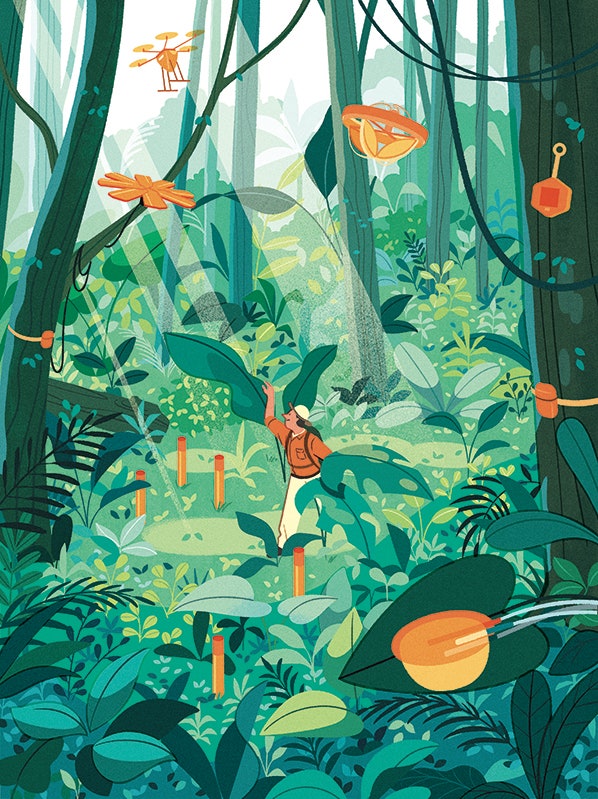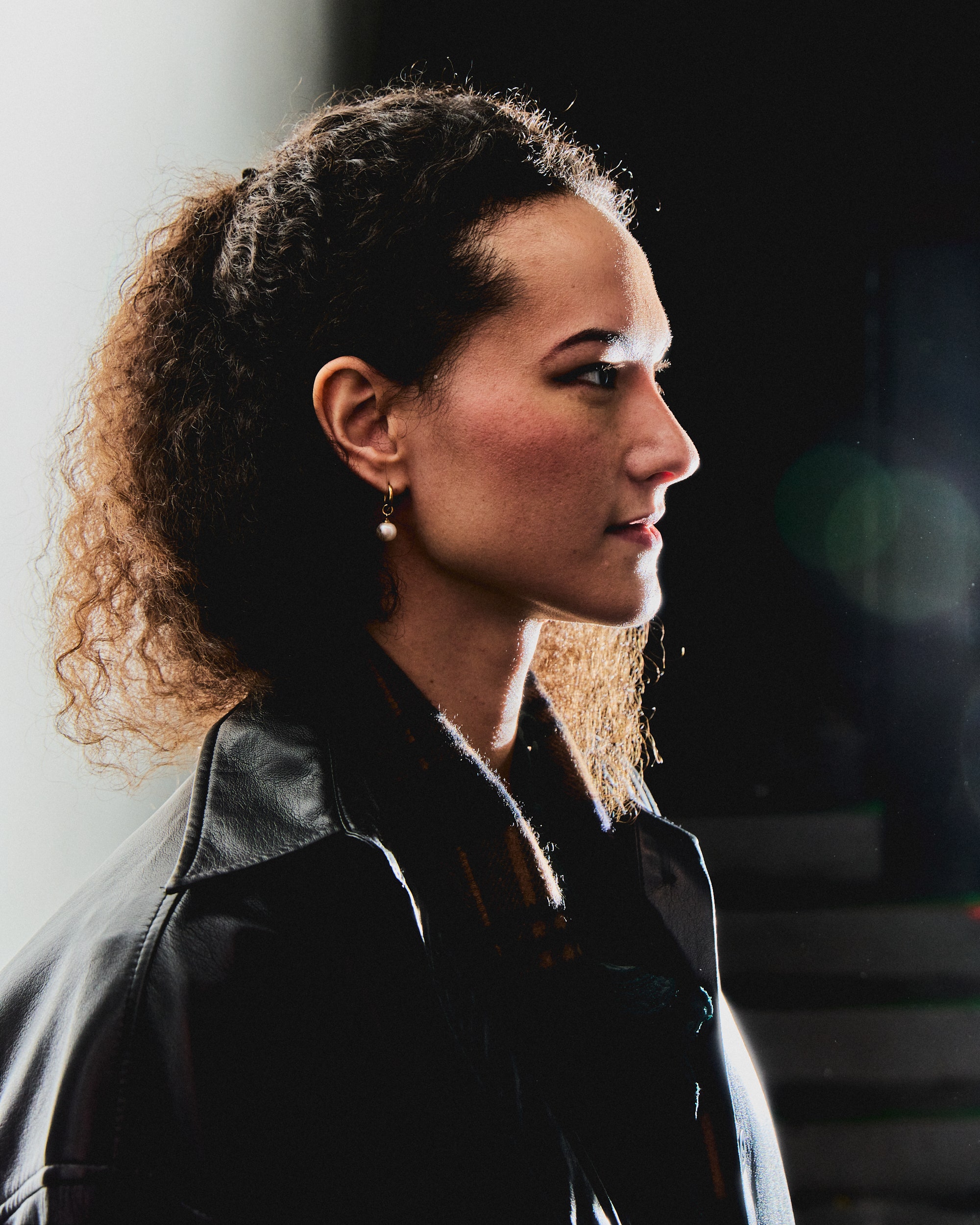Can Artificial Rain, Drones, or Satellites Clean Toxic Air?
Can Artificial Rain, Drones, or Satellites Clean Toxic Air?
In recent years, the world has seen a rise in air pollution levels, leading to severe health issues and…

Can Artificial Rain, Drones, or Satellites Clean Toxic Air?
In recent years, the world has seen a rise in air pollution levels, leading to severe health issues and environmental degradation. To combat this growing problem, scientists and researchers have been exploring various technological solutions, including artificial rain, drones, and satellites.
Artificial rain, also known as cloud seeding, involves dispersing substances into the atmosphere to stimulate precipitation and cleanse the air of pollutants. While this method has shown some promise in localized areas, its effectiveness on a large scale remains uncertain.
On the other hand, drones equipped with air purification systems have been deployed in urban areas to neutralize harmful gases and particles. These autonomous flying machines can target specific pollution hotspots and deliver immediate relief to affected communities.
Similarly, satellites equipped with advanced sensors can monitor air quality levels from space and provide real-time data on pollution sources and trends. This information is crucial for developing targeted strategies to reduce emissions and improve overall air quality.
Despite these innovative technologies, cleaning toxic air remains a complex and multifaceted challenge that requires a holistic approach. Governments, industries, and individuals must work together to enact stringent regulations, adopt cleaner energy sources, and promote sustainable practices to safeguard the environment and public health.
While artificial rain, drones, and satellites can play a crucial role in mitigating air pollution, they are not standalone solutions. It is essential to combine these technological advancements with overarching policy changes and community engagement to create a cleaner and healthier future for all.
As we continue to face the impacts of climate change and environmental degradation, the need for innovative solutions to clean toxic air has never been more pressing. By harnessing the power of artificial rain, drones, satellites, and other cutting-edge technologies, we can pave the way for a cleaner and more sustainable planet for generations to come.




